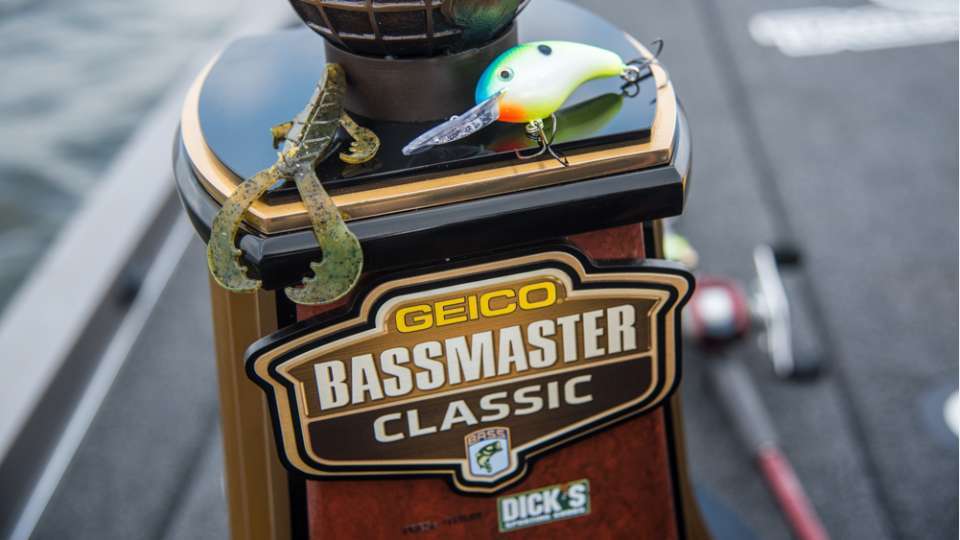
In the 2017 GEICO Bassmaster Classic presented by DICK’s Sporting Goods I used a little trick that made a big difference in my catch. It won’t work everywhere, but in big bass venues when the jig bite is on it can be a killer. I’d like to share it with you.
I’m talking about swapping out your silicone jig skirts with living rubber skirts. The rubber has a tendency to flair out when it hits the bottom and create a much bigger profile. It’s a gentle flair that makes the jig come alive and look like something to eat. The difference isn’t all that obvious when you’re holding one in your hand, but when it hits the bottom the difference is obvious.
In addition to the living rubber skirt I used two Strike King trailers at the Classic to give my bait an even bigger profile. I switched back and forth between a Rage Tail Space Monkey and a Rage Tail Craw. They have different actions but accomplish the same purpose.
The Space Monkey has a fairly big body with two arms on it and two big claws on the back. They’re wide, and they have serrated edges so they make a big showing and move lots of water. It does pretty much what you’d expect a bait to do that’s called a Space Monkey.
The Rage Craw is a more traditional looking crawfish type of plastic — no arms with tentacles coming out of its nose. But, like the Space Monkey, it looks big and it moves a lot of water.
I first developed this technique on Lake Guntersville. I noticed that when I made my jig look bigger and a little gaudy I caught bigger bass, and at the same time it seemed to almost cull out the smaller ones. That’s why I said before that this is something you only want to think about when you’re fishing around truly big bass. It’s not for 3-pounders.
Jig style and weight matters with this technique. On Lake Conroe I went with a living rubber jig but I also like a football head when the bottom’s hard.
As far as water depth is concerned, I’ll use a 1/2-ounce head when the water’s 13 feet deep or less. If I’m fishing water that’s deeper than that but less than 20 feet deep, I’ll move up to a 3/4-ounce head. And, when the water’s deeper than 20 feet I’ll go with a full ounce. The combination I’m talking about works best when it’s on the bottom.
There really isn’t a right way or a wrong way to fish a big profile jig like I’m talking about. Like most other lures you have to try different things — hop, drag, pull — until you find what makes them bite.
Matching the hatch is important, and it’s a great way to catch bass. But it’s also important to match your lures to the size bass you expect to catch. That theory worked out for me on Lake Conroe. I hope it works out for you on your lake.

